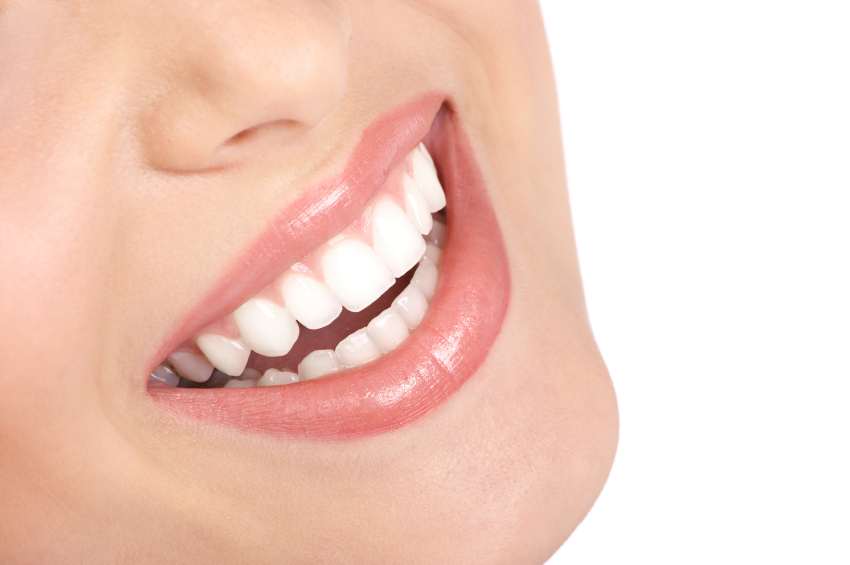Signs That You Need Root Canal Treatment in Chula Vista CA

Often tooth infections lead to patients needing root canal treatment in Chula Vista, CA. One of the main causes of severe tooth pain is tooth infection caused by damage extending to the tooth pulp. The tooth pulp refers to the canal extending along small channels located in the center of the root tooth (root canal).
It may become damaged in the event of:
- A large or deep filling
- Tooth decay
- Leakage under an old filling or crown
- Cracks or tooth fracture
- Trauma from a sports injury, fall, or accident
When the damaged or dead pulp is not removed, it becomes infected and may lead to a tooth abscess. If the problem escalates to the point of developing an abscess, it drastically reduces the chances of successful endodontic treatment. In such cases, the dentist will recommend tooth extraction followed by replacement with partial dentures, bridgework, or tooth implant.
Common symptoms of a pulp infection include:
- Pain or tenderness when biting or chewing
- Prolonged sensitivity to hot or cold items
- Swelling of the gum near the infected tooth
- A loose tooth
- Facial swelling
- Darkening of the tooth
- Fistula (pimple) on the gum
- Pain in the jaw or ear
If you experience these symptoms, your dentist may perform an X-ray of the affected tooth to identify the cause of pain or infection.
Treatment for Infected Root Pulp
In some cases, antibiotics can be prescribed to treat root canal infections. But if they’re not effective, the top-rated dentist in Chula Vista, CA may recommend tooth removal or root canal treatment in Chula Vista, CA. Successful root canal treatment can extend the functional life of your badly damaged tooth, preventing tooth removal and additional treatment to fill the gap.
After treatment and restoration of the tooth with a crown or onlay, you should avoid chewing on it for a couple of weeks. Otherwise, it doesn’t require any special care, as long as you practice good oral hygiene – flossing, brushing, and regular cleanings and checkups.
